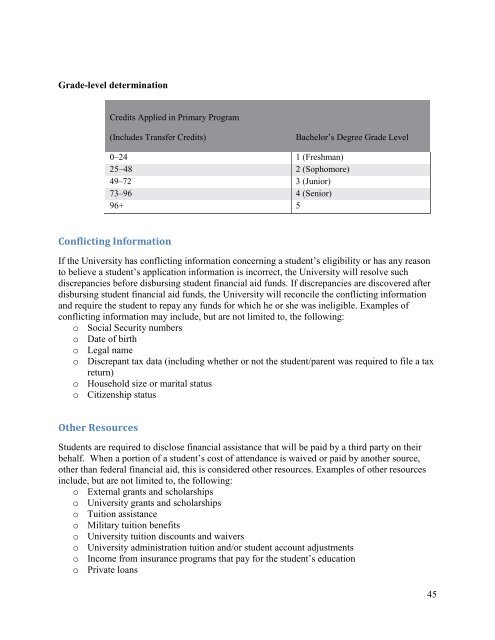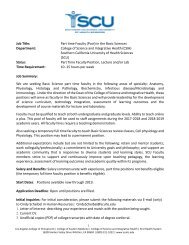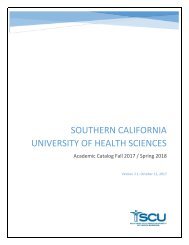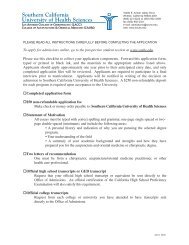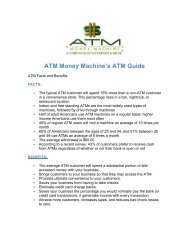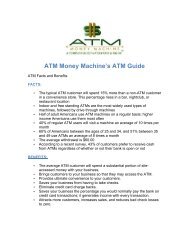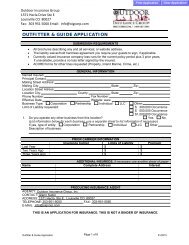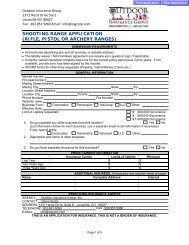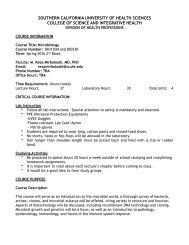Southern California University of Health Sciences - Consumer Information Guide
SCU distributes this Consumer Information Guide which includes a notice of the availability of information required pursuant to specific requirements under the Higher Education Opportunity Act. Read this PDF and know SCUHS consumer information guide.
SCU distributes this Consumer Information Guide which includes a notice of the availability of information required pursuant to specific requirements under the Higher Education Opportunity Act. Read this PDF and know SCUHS consumer information guide.
You also want an ePaper? Increase the reach of your titles
YUMPU automatically turns print PDFs into web optimized ePapers that Google loves.
Grade-level determination<br />
Credits Applied in Primary Program<br />
(Includes Transfer Credits)<br />
Bachelor’s Degree Grade Level<br />
0–24 1 (Freshman)<br />
25–48 2 (Sophomore)<br />
49–72 3 (Junior)<br />
73–96 4 (Senior)<br />
96+ 5<br />
Conflicting <strong>Information</strong><br />
If the <strong>University</strong> has conflicting information concerning a student’s eligibility or has any reason<br />
to believe a student’s application information is incorrect, the <strong>University</strong> will resolve such<br />
discrepancies before disbursing student financial aid funds. If discrepancies are discovered after<br />
disbursing student financial aid funds, the <strong>University</strong> will reconcile the conflicting information<br />
and require the student to repay any funds for which he or she was ineligible. Examples <strong>of</strong><br />
conflicting information may include, but are not limited to, the following:<br />
o Social Security numbers<br />
o Date <strong>of</strong> birth<br />
o Legal name<br />
o Discrepant tax data (including whether or not the student/parent was required to file a tax<br />
return)<br />
o Household size or marital status<br />
o Citizenship status<br />
Other Resources<br />
Students are required to disclose financial assistance that will be paid by a third party on their<br />
behalf. When a portion <strong>of</strong> a student’s cost <strong>of</strong> attendance is waived or paid by another source,<br />
other than federal financial aid, this is considered other resources. Examples <strong>of</strong> other resources<br />
include, but are not limited to, the following:<br />
o External grants and scholarships<br />
o <strong>University</strong> grants and scholarships<br />
o Tuition assistance<br />
o Military tuition benefits<br />
o <strong>University</strong> tuition discounts and waivers<br />
o <strong>University</strong> administration tuition and/or student account adjustments<br />
o Income from insurance programs that pay for the student’s education<br />
o Private loans<br />
45


